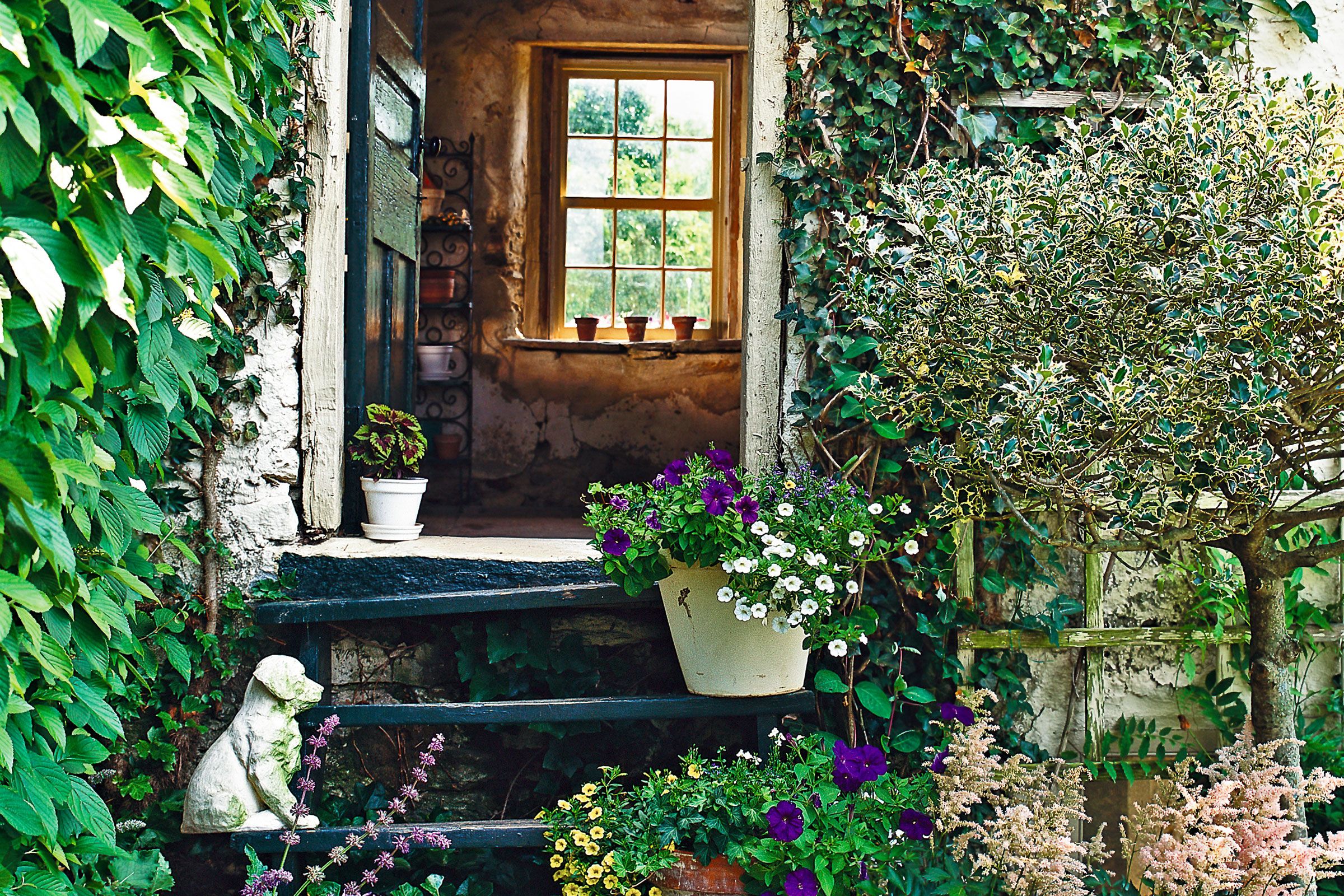If you love spending time outdoors, you can easily turn your backyard into a perfect hangout spot. Whether you have a sprawling lawn or a cozy patio, these 10 DIY ideas will help you create an inviting environment for solo relaxation or entertaining family and friends.
How To Liven Up Your Outdoor Space
Before diving into specific techniques, approach your outdoor transformation with a clear vision. Consider your space’s particular characteristics, your lifestyle needs, and the overall look you want. With thoughtful planning and creative execution, you can turn even the most ordinary outdoor area into a stunning retreat.
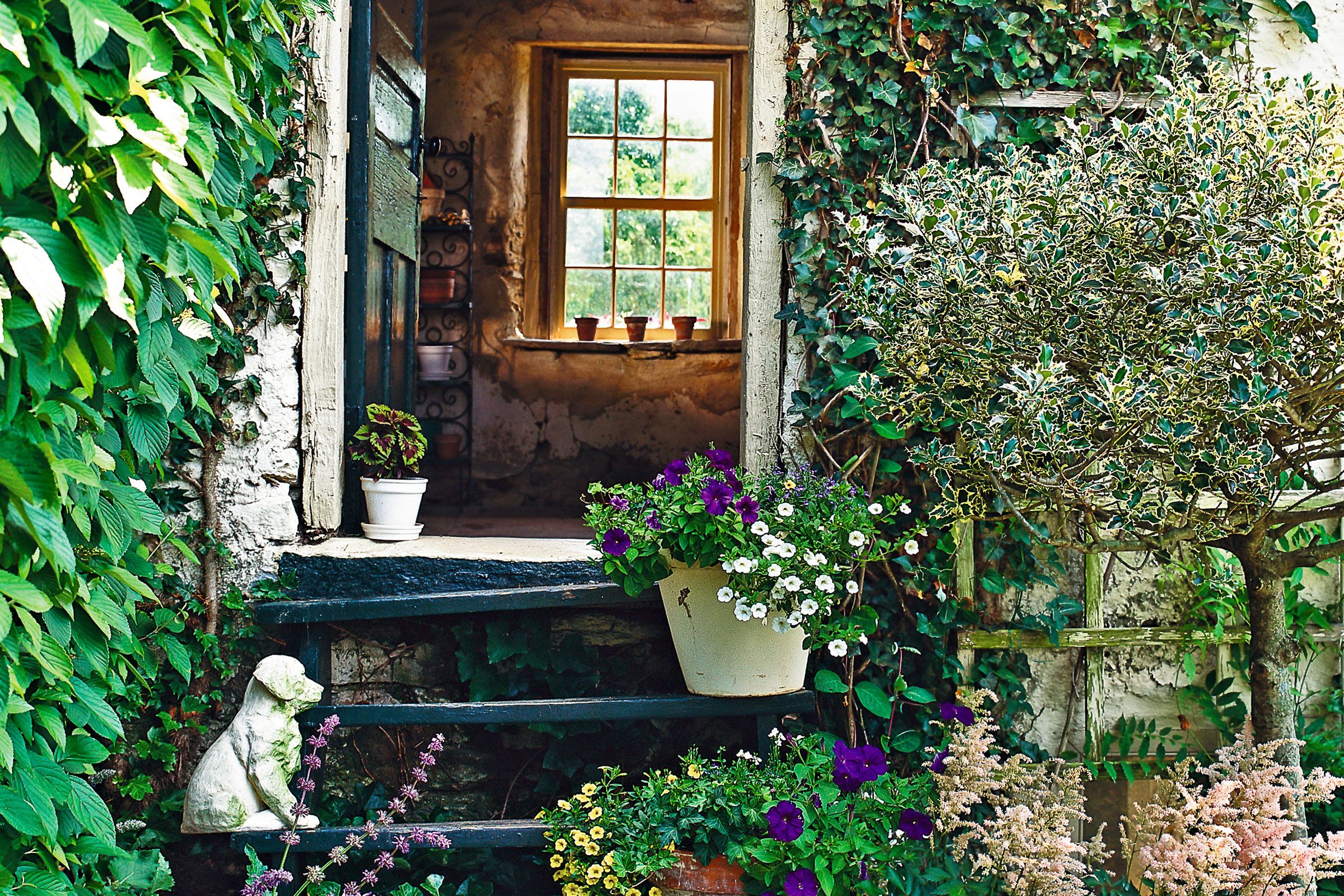
1. Enhance the Entries From the Exterior
First impressions matter, and freshening up your home’s entry points can dramatically improve its curb appeal. Clustering plants along foundation walls and up the front steps creates a gorgeous transition between your home and its natural surroundings.
To do this, mix a variety of container plants with different heights and textures. Combine flowering plants such as petunias and million bells with foliage plants such as coleus for a diverse and dynamic arrangement. Don’t be afraid to mix and match containers for a more informal, cottage-like feel. Adding decorative elements, such as small statues or ornamental objects, further personalizes your entryway. Include seasonal plants that bloom at different times of the year to keep your entry point vibrant across seasons.
2. Sharpen Your Outdoor Space’s Edges
Well-defined landscape edges give a polished, well-maintained look. This not only delineates different areas of your garden but also adds structure and dimension. There are various edging techniques you can use, depending on your garden’s style and your personal preferences.
For formal gardens or small spaces, you can use straight-edged materials such as concrete pavers. These create clean lines and organize your garden into distinct sections. For a more natural look in larger landscapes, curved earthen edges can soften the overall appearance and guide the eye through the garden. Regardless of the style you choose, regular maintenance is key to keeping your edges crisp and your garden looking its best. Trim back overgrown plants and clean up the lines throughout the year to keep that crisp appearance.
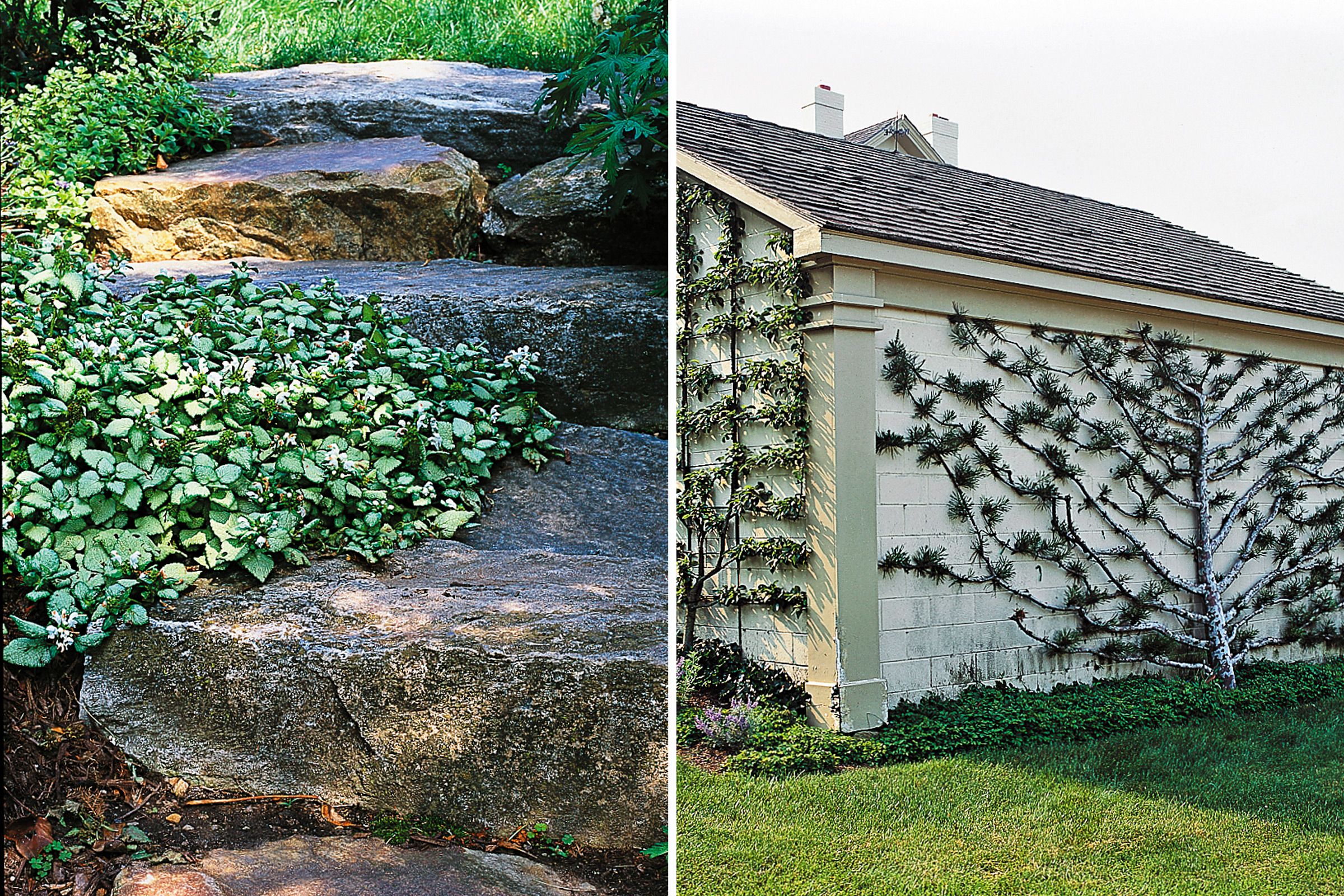
3. Soften the Hardscape
Integrating softscape elements with hardscape features creates a balance in your outdoor space. While stone patios, walkways, and steps add structure and functionality, they can sometimes appear stark or uninviting. Softening these hard elements with plants helps blend them into the surrounding landscape and creates a more natural, inviting atmosphere.
Consider planting small-leaved groundcovers such as creeping thyme or spotted deadnettle along the edges of stone surfaces or in the cracks between pavers. These plants add color and texture while helping to blur the lines between hardscape and softscape elements. This technique is particularly effective for creating a more organic look in formal garden designs or for making newly installed hardscape features appear more established. Adding planters with cascading flowers can also soften the look and bring immediate color.
4. Climb the Garden Walls
Vertical gardening is an excellent way to maximize space and add beauty to your outdoor area. Growing plants up walls, fences, or other vertical surfaces can turn plain structures into living works of art. This technique is particularly useful for small gardens or urban spaces where ground space is limited.
Espalier, a method of training trees or shrubs to grow flat against a wall, is a classic technique that combines artistry with horticulture. Apple trees and ornamental species such as lacebark pine can be trained into geometric or fan-like shapes, creating stunning green displays. For a less formal approach, consider growing climbing vines or trailing plants on trellises or wire supports.
When building a vertical garden, be sure to use appropriate anchoring systems that protect both your plants and the underlying structure. Maintaining and pruning these plants regularly keeps them from overpowering the surrounding area and creates a neat appearance.
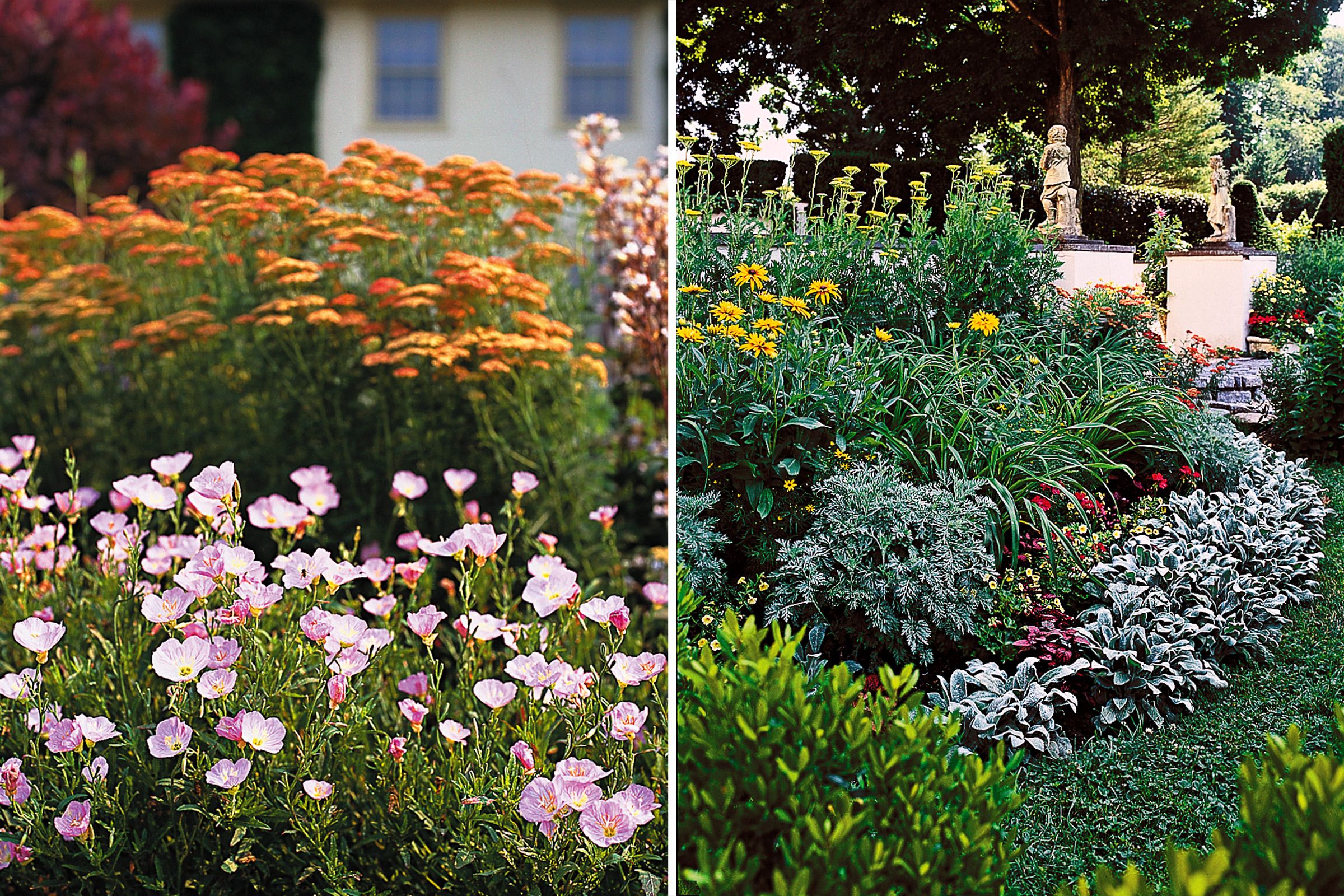
5. Plant in Masses
Making an impact in your garden often comes down to how you arrange your plants. Planting large groupings creates a bold statement and a sense of cohesion in your outdoor space. This technique is particularly effective for creating colorful displays or establishing a strong theme.
When considering mass plantings, think about limiting your color palette to create a more harmonious look. Choose plants that complement each other in color, texture, and bloom time. To keep costs down, we recommend starting with smaller plants and allowing them to fill in over time. Many perennials can be divided every few years, allowing you to expand your plantings without additional expense. Grouping plants by their type also simplifies maintenance and care routines, making your gardening efforts more efficient.
6. Layer Beds for a Lush Look
Creating depth in your garden beds involves more than just selecting the right plants. Good layering can transform a flat, uninspiring bed into a lush, three-dimensional display. When planning your beds, aim for a depth of 4–5 feet, if space allows, to accommodate multiple layers of plants.
Arrange your plants with the tallest at the back, medium-height plants in the middle, and shorter plants in the front. This tiered approach looks nice and also allows each plant to get enough sunlight. Consider the shade and texture of your plants when layering, aiming for a colorful blend that guides the eye through the bed. Dense planting creates a lush appearance and helps suppress weed growth, reducing your maintenance needs. Adding mulch to your beds also helps retain moisture and further keep weeds at bay.
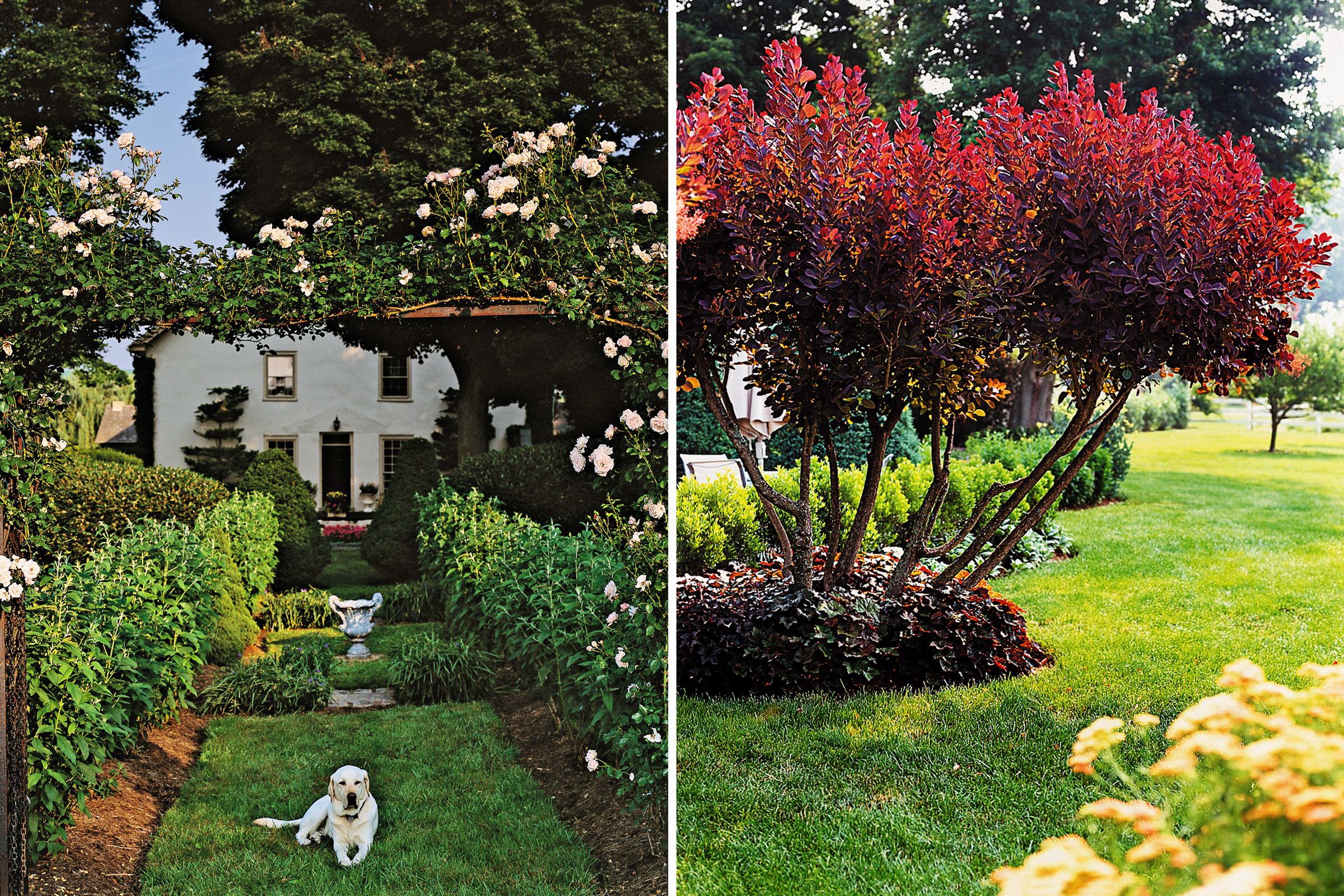
7. Frame a View of Your Outdoor Space
Creating focal points and framing can add a different type of structure and beauty to your outdoor space. An arbor or pergola is an excellent way to create a frame, drawing the eye to a specific area of your garden or landscape. These structures can be used to highlight a particular feature, such as a statue or water feature, or to create a journey through your outdoor space.
When designing framed views, consider the perspective from various points in your garden. Use plants, structures, or hardscape elements to create a sequence that winds through the space. This technique can make even small gardens feel larger and more inviting by revealing different views as you move through the space. Adding lighting to these focal points further boosts their ambience during the evening, creating a magical effect in your garden.
8. Focus on Foliage as Well as Flowers
While flowers often steal the show in garden design, foliage plants can provide long-lasting color, texture, and structure to your outdoor space. Unlike flowers, which may bloom for only a short period, foliage plants offer consistent pops of life throughout the growing season and sometimes even year-round.
When choosing foliage plants, opt for a range of colors, textures, and forms. Plants with bold, colorful leaves, such as coleus or heuchera, can contrast green foliage. Plants with interesting textures, such as ferns and ornamental grasses, add depth and movement to your garden. By carefully combining different foliage plants, you can create a dynamic and gorgeous landscape that looks great even when flowers aren’t in bloom. Include evergreen plants to keep the vibrant atmosphere during the winter months.
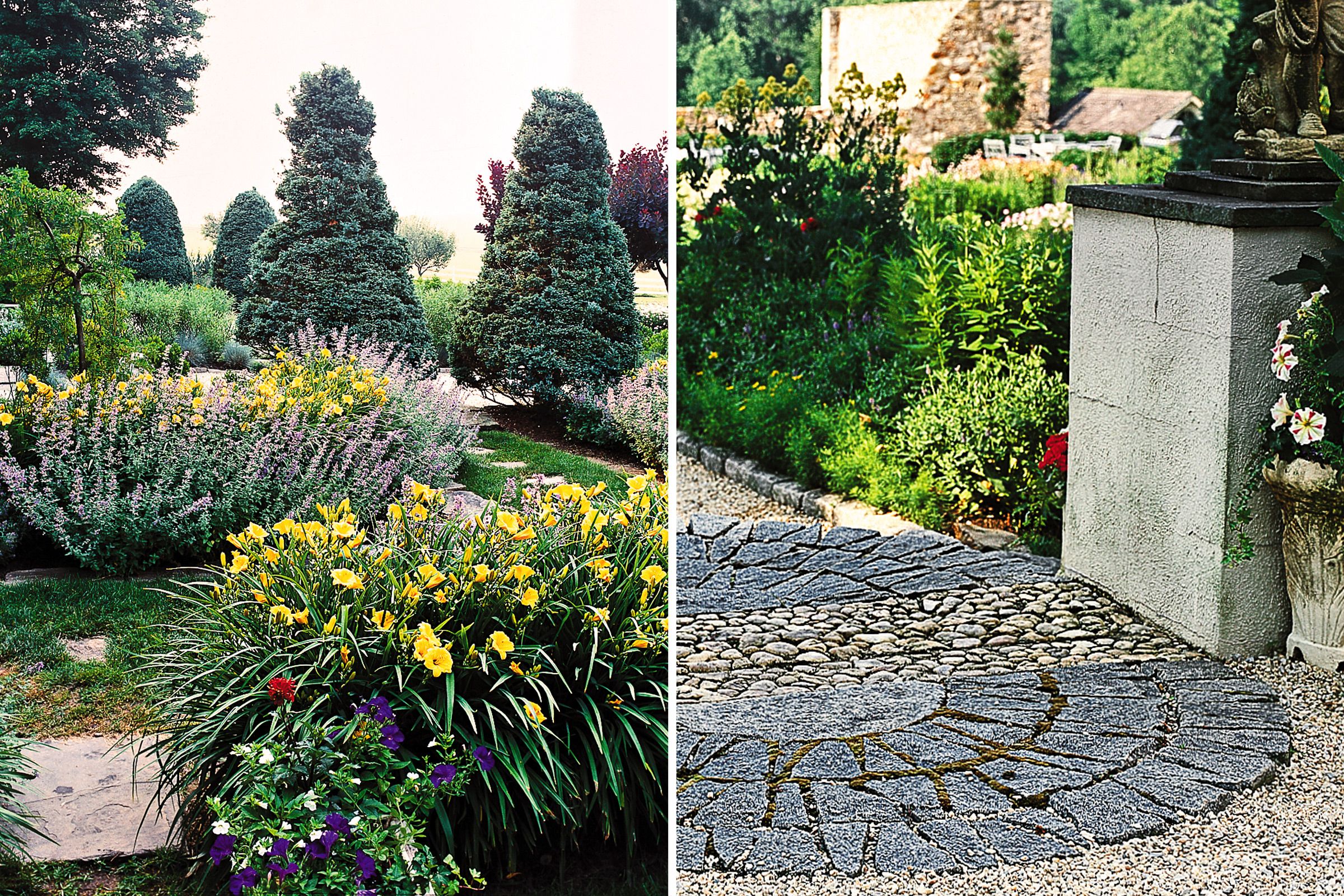
9. Repeat Plants for Balance and Unity
Repetition is a key principle in garden design, helping to create a sense of cohesion and balance throughout your space. By repeating certain plants, colors, or forms, you can tie different areas of your garden together and create a more cohesive overall look.
In formal designs, symmetrical repetition adds a sense of order and elegance. For more informal gardens, asymmetrical repetition can provide balance without rigidity. Consider repeating not just individual plants but also color schemes or plant combinations throughout your space. This technique can help guide visitors through your backyard and create a sense of rhythm and flow.
10. Mark the Exits Between Outdoor Areas
Creating clear transitions between different areas of your outdoor space helps define distinct zones. In formal designs, use elements such as short pillars, gates, or changes in paving material to signal the transition and reinforce the structured feel. For more naturalistic gardens, subtle changes in path materials or plantings can create softer transitions.
Remember that these transitional areas are opportunities to add decorative touches that reflect your personal style and enrich the overall garden experience. Add aromatic plants or sensory elements such as wind chimes to make these areas even more engaging.
